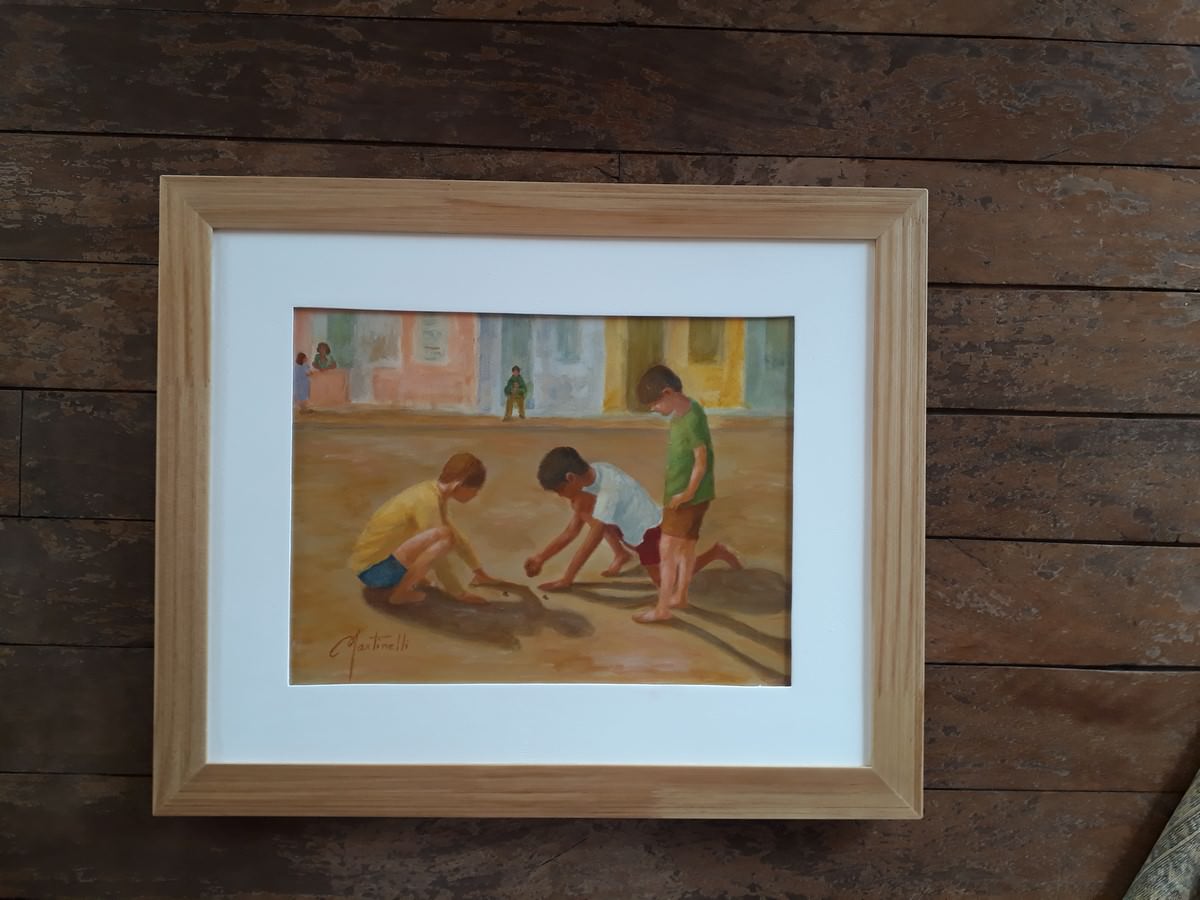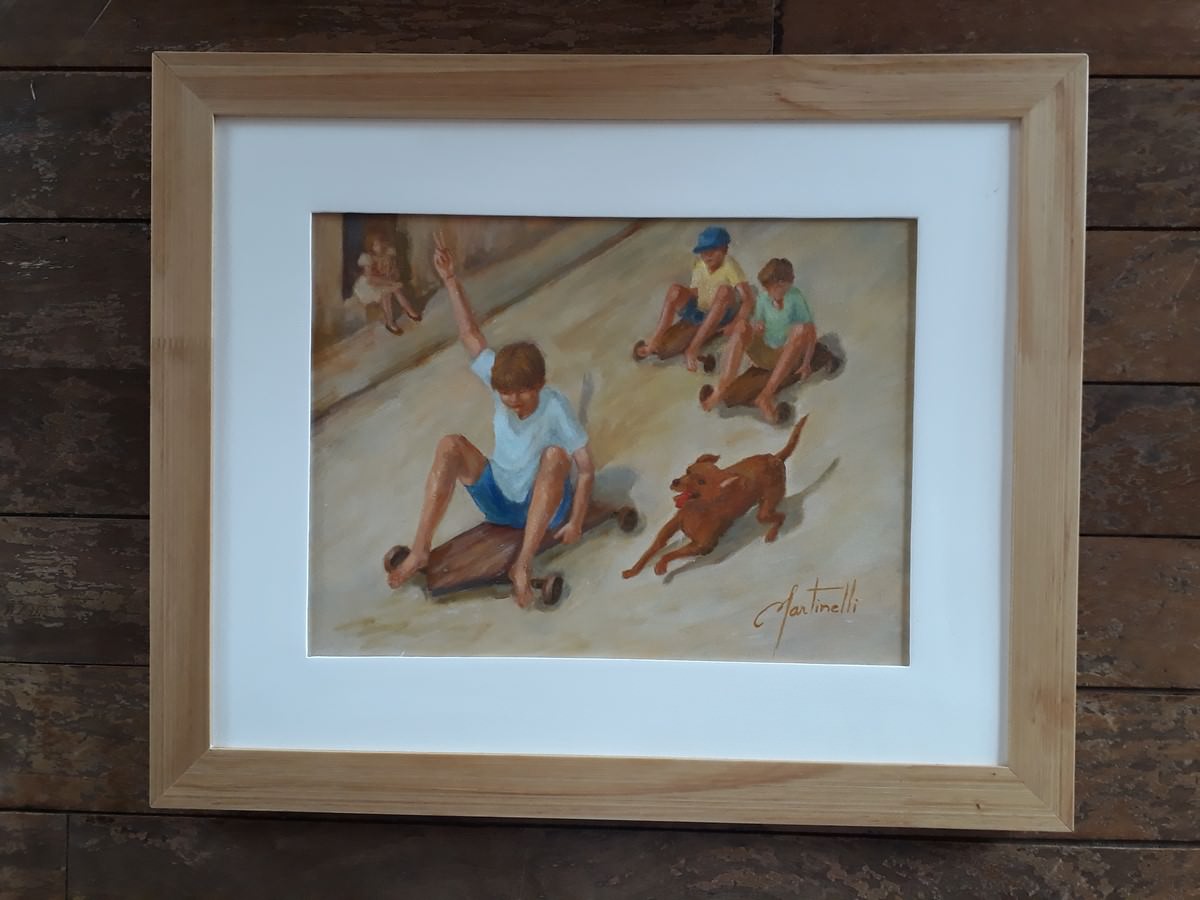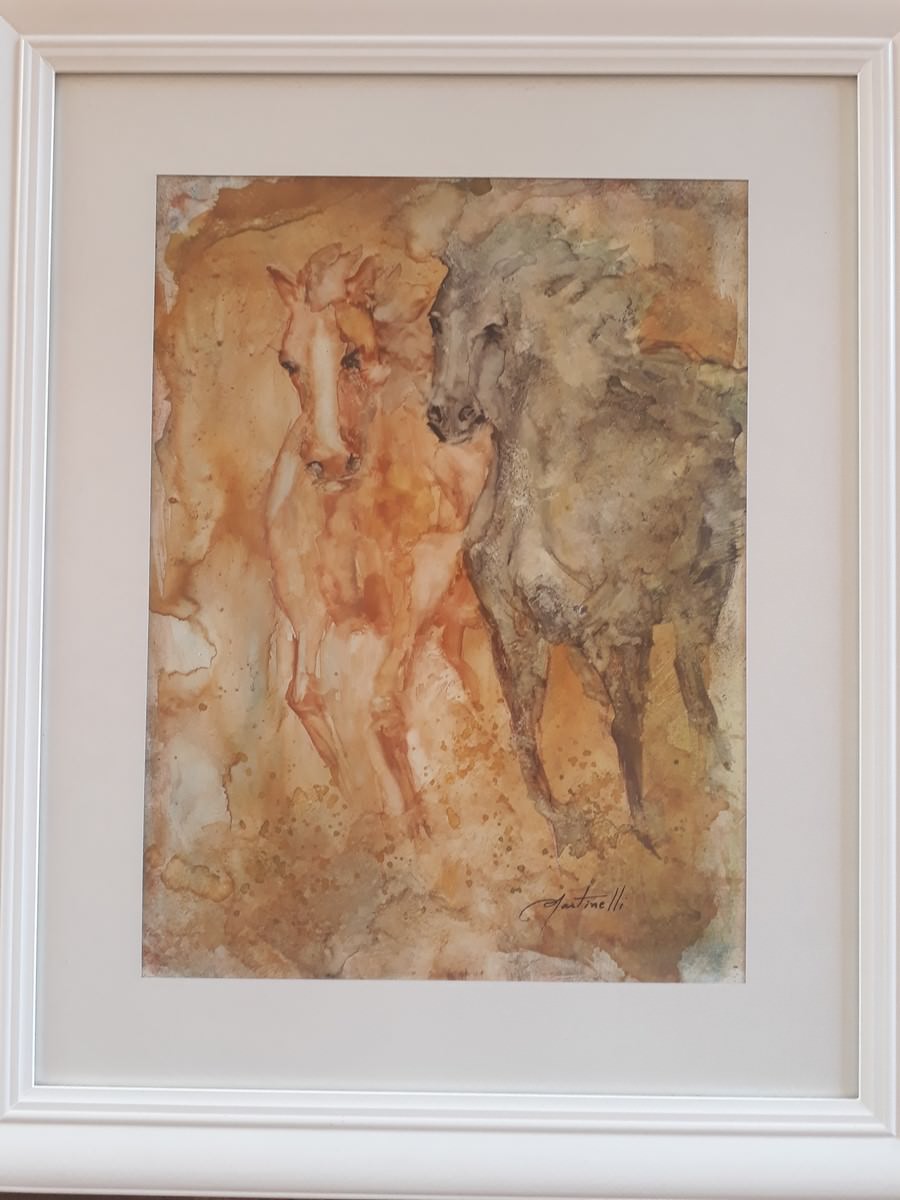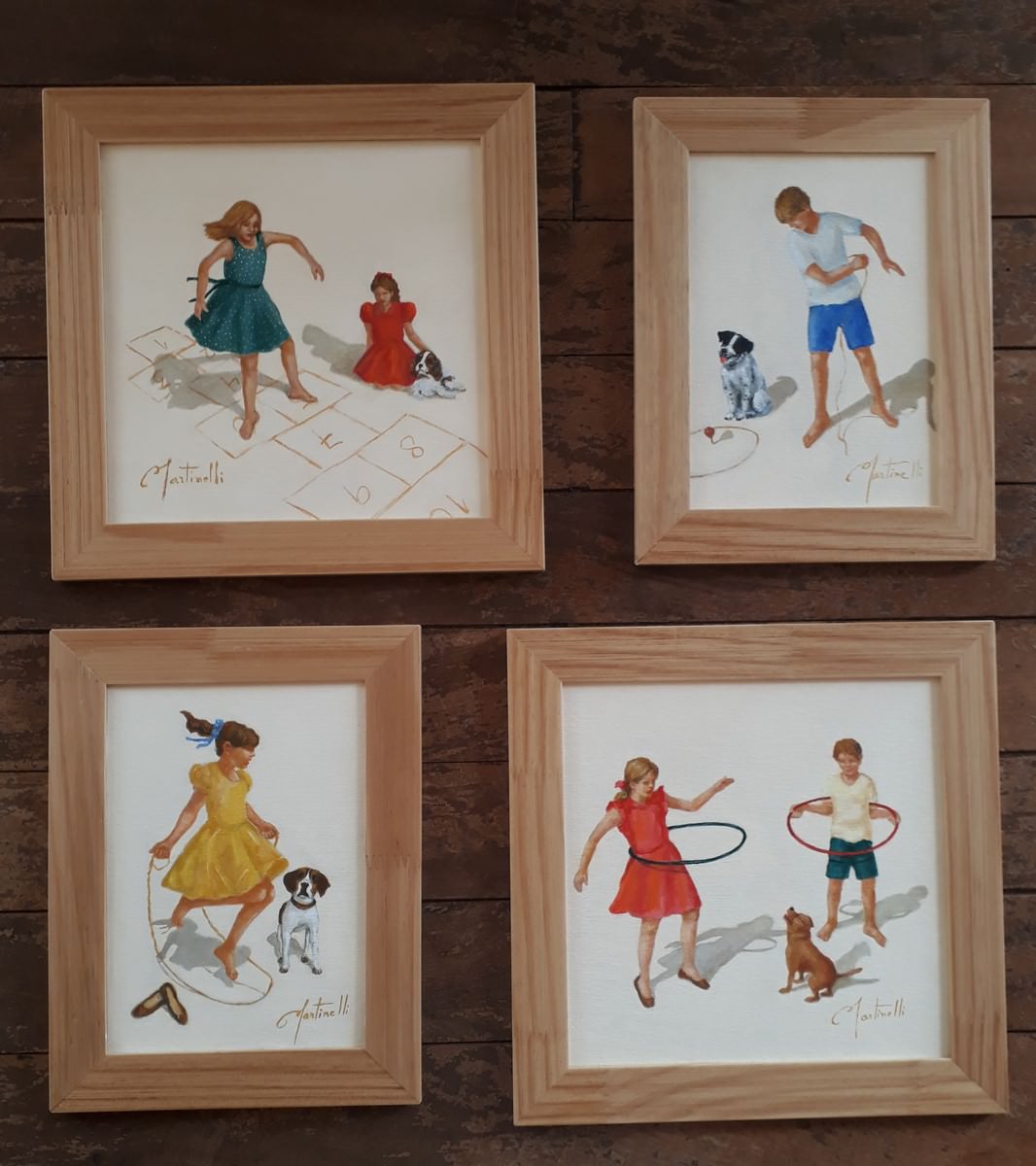
[dropcap]S[/dropcap]part of Martinelli, visual artist from Espírito Santo do Pinhal - SP, constantly studies and practices using pencil and pastel drawing techniques, oil painting, acrylic and watercolor, inspired by the works of great artists of the past and contemporary artists like Richard Schmid, and McCaw, John Howard Sanden and others.
He has already taught Artistic Drawing and Artistic Painting, and now he is getting ready for his newest project, an online course on Monotype technique that can be classified as Art and Crafts, allowing a wide variety of applications, where any beginner can achieve amazing results.
The reader will be able to view these beautiful works, whose technique is unprecedented in Portuguese, no artist profile on Instagram.
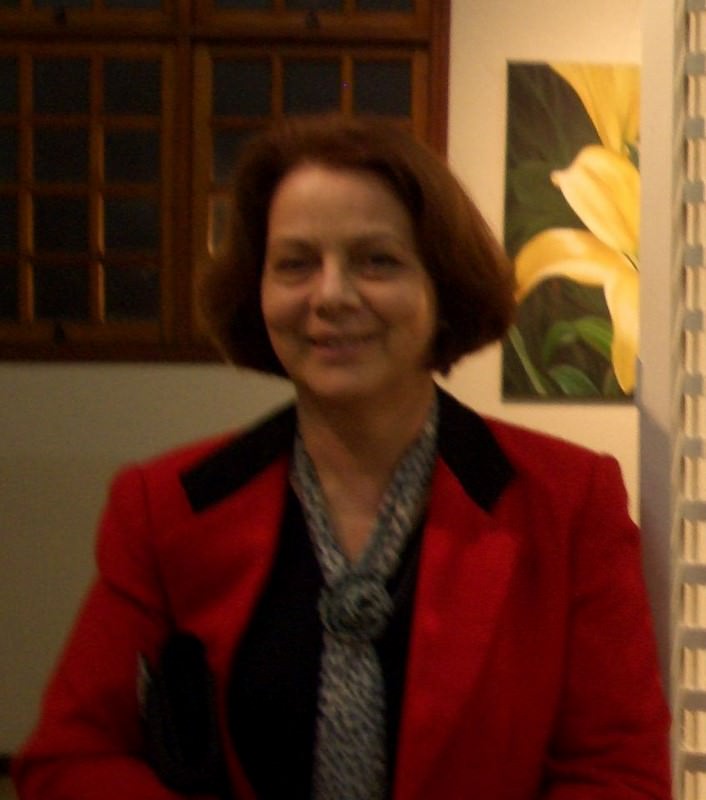
Now let's talk to Rosa, tell us a little about yourself…
I was born in Ipaussu, SP, border with Paraná, and the 6 years old, my family moved to Espírito Santo do Pinhal, SP, on the border with Minas Gerais, where I grew up and live today. I am Ipaussuense by birth and Pinhalense by heart! I studied Literature at Puccamp and retired as a Portuguese Language teacher from the São Paulo State Department of Education. From then on I started teaching Art Drawing and Painting classes. I am a member of the Urban Sketchers group in the city, that is part of Urban Sketchers do Brasil and, once a month (until the pandemic begins), our group went to the street to design a centenary house, a local church or square. It's my hobby, that unites an activity that I like, draw, and creates bonds of friendship.
When she awoke her desire to be an artist?
I learned to like drawing, painting, clay modeling and sculpture in childhood, seeing my father who, in the free time, exercised his artistic skills as leisure. At the age of 15 years I painted my first portrait: a girl holding a doll, that got stuck, in a bad way, but my mom put it on the wall! I also made some pieces out of clay, under my father's guidance. I had no intention of being an artist at that time, I wanted to be a teacher, I was already aware that it was necessary to have a profession to keep me. I took painting lessons with a local artist, Tatty, until I went to college in Campinas. But I never stopped drawing and being interested in everything that referred to the Plastic Arts.
What kind of art do you like best?
I like all the ARTS! Music, Dance, Teatro, Literature, Cinema, Sculpture… My frustration is that I didn't dedicate myself to sculpting and modeling in clay, for lack of time and space! And in Painting I'm always looking for new techniques.
How he developed his style (techniques)?
My training started by learning the oil technique in academic style and by artistic drawing. Then I learned to use pastel, watercolor and acrylic, through Art books and magazines. At the age of 15 years, I won the Course of Famous Artists, of the Pan American School of Art, then the Drawing and Painting Course Collection. I was forming a Library of didactic works and magazines about Art, like the Gênios da Pintura Collection, Walter Foster's publications, The Great Watercolor Book, de Philip Hallawell, Drawing technique books, how to draw with the right brain, from Professor Dra. Beth Edwards, sculpture and modeling books, etc... And Painting, also, especially Portraits, that was one of my passions, by artists like John Howard Sanden (Portraits From Life), Oil Painting Portraits, da Royal Academy of Arts, and other. I eagerly read and reread each one, did exercises, practiced. I painted over 30 portraits! I keep reading and learning new painting techniques.
Cite if you had artistic influences in your works and which artists?
Everything we see and like, on Art, ends up influencing us even unconsciously. For sure, as works of Joaquin Sorolla, spanish painter (1863-1923) contributed to my training because they always fascinated me with the use of light, the color, by the movement and even by the figurative theme. And others, contemporaries, como Dan McCaw, Richard Schmid, etc…
Living from art is possible?
Yes, after the artist has reached recognition! Until there, regardless of talent, of effort, of dedication, the artist needs sponsorship and a lot of marketing to show his work. Most artists have a profession alongside the craft of artist, many teach, do workshops, give lectures, etc...
What skills are needed today for the artist?
I believe that, in addition to the manual and visual skills inherent in Fine Arts, today an artist must have the ability to adapt to changes, to always learn, to communicate through social networks, and to value your work in a negotiation.
Your inspirations to create a work of art?
The life, the nature, the people around me, the events…
You must always be creating or creating only at certain times?
I would love to create all the time! Artistic work, as already said, results from “1% of inspiration and 99% perspiration.” Inspiration can come anytime anywhere. And constant practice helps inspiration a lot. To paraphrase the great painter Francisco Rebolo (1902-1980), I'd say: “The day I don't paint (or drawing) it is a lost day for me.”
[divider]
[divider]
What are the challenges of art / artist in the current scenario?
I believe the challenges are the same as always. The artist produces and needs to sell his production. He needs an intermediary who takes care of the commercialization of the works so that he has time and resources to create other works, need a space where to show the works, anyway, needs to be seen, a known. All of this implies financial investments. Success depends more on these resources than on talent and dedication.
Social networks have helped you to spread your work?
Yes. With the global crisis caused by the virus, This year, preventing face-to-face exhibitions, social networks are the biggest vehicle for disseminating Art. I participate in artist groups on Facebook, on WhatsApp where we exchange experiences, I use Instagram to exhibit my work and I intend to use YouTube to teach what I have learned.
How plastic arts can contribute to education and culture?
It is known that Art favors the integral development of the individual. Children and youth, need to have contact with the fine arts, see and produce Art, to develop the imagination, creativity, communication and the skills necessary for survival itself. A Culture, which is the sum of knowledge, of the skills and beliefs of a human group, will benefit from the results of Education.
How you analyze the qualities of a work of art?
I have a very subjective criterion! A work of Art can win me over at first glance for countless reasons: the theme, the composition, the light and the shadow, the color, etc.., be it an abstract or figurative work. But there is always something more that the artist leaves in “between the lines” and I can't translate with words, I think it's a kind of empathy. Art has to touch the viewer emotionally.
Sign up to receive Event News
and the Universe of Arts first!
What are the criteria for stipulating the value of a work of art?
There are no official criteria for this! The value is merely subjective! Some artists stipulate the value of a work based on the medium used, no material expense, in production time, in the size of the work, in the frame used and / or all of that together. It's complicated!
Talk about your projects today? in particular on the course of monotype.
I'm organizing and recording classes for the course Monotype: Printing Without a Printer. Monotype is a very simple printing technique, where you can reproduce a drawing in a single test, hence the name “monotype”, a hybrid process between painting, the drawing and engraving. The first Monotype was created in the Century 17 Italian fur Giovanni Benedetto Castiglione. Famous artists like Degas, Picasso, Paul Klee, Henri Matisse, Clóvis Graciano, etc.., made many monotypes.
In this course I present a very entertaining Monotype technique, easy and affordable that allows the creation of artistic works with materials made at home by the student-participant. No prerequisites are required, don't even know how to draw, anyone can learn and will, how sure, fall in love!
About your exhibitions, have any comments regarding, feelings…
I participated in several group exhibitions in the city and region and did three individual exhibitions: one of Portraits, in 2008, at the E Commercial Association. S. do Pinhal, one in Serra Negra, in 2009, no hotel da AFEPESP, and the third, in 2016, at the Villa do Poeta Gallery, a cozy hotel in the city that combines Culture, Art and accommodation promoting the work of artisans, writers, local and regional artists with great affection. I consider group exhibitions to be a relaxed party among professional colleagues, but the individual ones create an expectation that stresses.
What's your advice for those just starting out?
Study hard, Search, see exhibitions by national and international artists, look for and take advantage of opportunities to showcase works and practice a lot! Never be discouraged!
Could you comment on some artistic curiosity.
To plastic artist Carmen Herrera, completed 105 years in May this year, was born in Havana and has lived in New York since the mid-1980s 1950. She is an abstract painter. He sold his first work in 2004! His works brought him international recognition when he was already 100 years! It is a great example of perseverance for all artists, Right?!
How would you define your art in one line?
Art is my plumb, my balance!
Facebook: www.facebook.com/rosinha.martinelli
Facebook fan page: www.facebook.com/artemartinelli
Instagram: www.instagram.com/artesrosamartinelli
…

Group on Facebook | Instagram
LinkedIn | Facebook | Twitter


